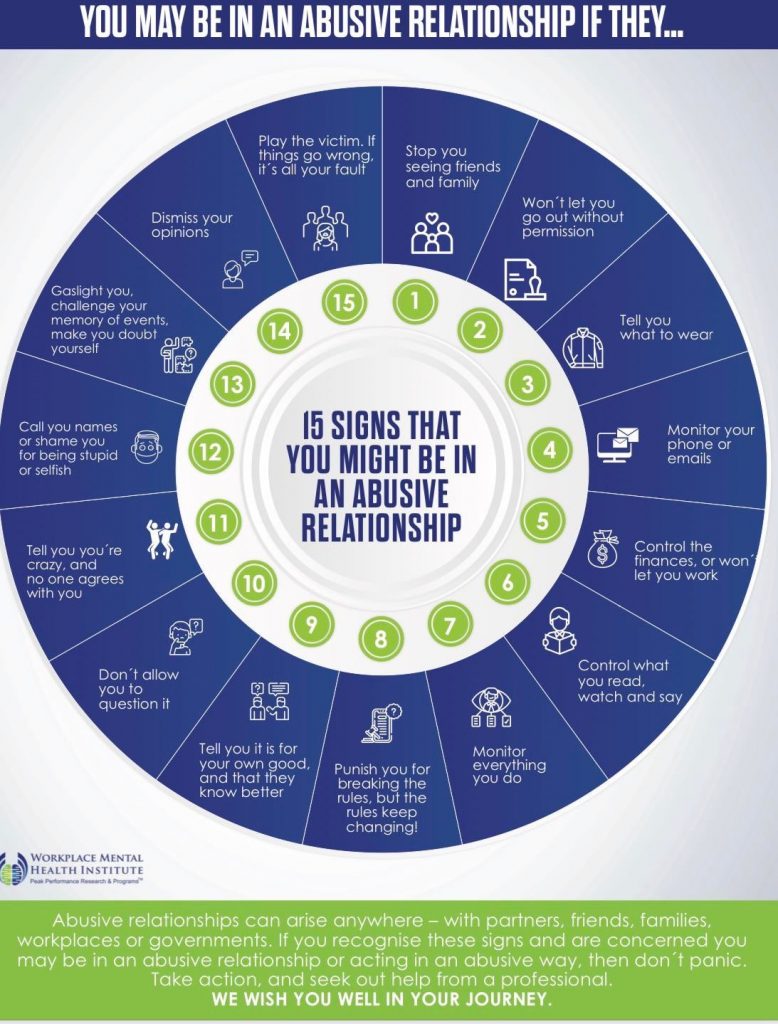So today’s ONS data look even more confirmatory of a sharp improvement in national positive COVID tests beginning on January 1st. Assuming it takes 6-8 days for sudden changes in infections to show up in test patterns, it can’t be due to a lockdown starting on Jan 5th, and is very late for Tier 4 beginning on 19th December. In fact, the most obvious event in chronological terms is everyone getting together at Christmas, which is unlikely to be credited for the downturn by SAG! Most likely, as ever, it is the natural course of this particular combination of local surgesthat is the real explanation. But why does it even matter?
I say this having received some sharp personal criticism for pointing out this stuff. So why bother? Of course I’m not alone in that – better people than I have lost YouTube channels and even jobs for questioning the mainstream line. But two bits of recent research remind us that if the policy of lockdowns is wrong, it is one of the most costly political errors in terms of human lives and livelihoods in peacetime history. If we’re not concerned, as citizens, about that, what is the point of citizenship?
Both these paper have been brought to my attention by our regular commenter, Dr Peter Hickman. The first is a new paper whose lead author is Eran Bendavid, but which is co-authored by Jay Bhattacharya and John Ioannidis. Just to remind you, although the last has been much criticised on social media as a heretic, it is his research on antibody testing worldwide that has been adopted by the WHO for its view on the Infection Fatality Rate of COVID-19 as around 0.1-0.2%. And his reputation in evidence-based medicine is impeccable… except that he is unpopular for showing how poor much medical research was even before COVID.
This new paper, probably around the 26th published since 2020 showing that lockdowns have not been of benefit, firstly concentrates on contagion rather than deaths, as other studies do, and then uses a different methodology to distingusih the effects of minor “non-pharmaceutical interventions” (termed lrNPIs) from major interventions (mNPIs). Essentially this is the difference between the old orthodoxy for serious epidemics (wash hands, keep your distance, shelter if sick, and don’t organise big social events) and everything associated with lockdowns and mask-mandates. This is achieved through comparison with two countries that only adopted the former, Sweden and South Korea.
The result is to show that lrNPIs appear to make quite a large contribution to contagion, whereas adding mNPIs not only fails to produce further significant improvements, but in a majority of countries most of them tend towards increasing contagion. The latter effect is weak enough to be statistically significant in only three countries (one practice each in Germany, Italy and Spain), but of course it is a trend in the wrong direction. Other papers have shown theoretical reasons why lockdowns could be counter-productive regarding COVID itself, by reducing the mobility of the well population and thereby making the vulnerable proportionately more likely to be infected before herd immunity is established.
So the paper confirms the trend of research that lockdowns have zero benefits and, if anything, have a deleterious effect on the epidemic.
The second paper is a detailed cost-benefit analysis of lockdowns by Ari Joffe in Canada, based on established principles. This is the kind of assessment that HM government has refused to release, assuming (as they claim) it has been done. This work is not based on complex computer modelling, but on the established effects of recessions on health, health-economic practice and so on that I sketched very briefly on my first critique of lockdowns before they began back in March 2020. It is the kind of assessment that The National Institute for Health and Care Excellence (NICE) would produce for the UK for any other health intervention. In this epidemic they were not asked.
What cost one estimates for lockdowns depends partly on methodology, and partly on factors such as whether you consider “lives saved” only, or “life years,” or whether you factor in economic hardships that do not actually lead to loss of life. But a headline figure quoted in press releases of the paper is ten times as many lives lost as lives saved by lockdowns. But on some counts the author’s differential is as high as eighty times.
One chilling factor in this paper is that the author assumes the truth of official estimates of lives saved by lockdowns, based on computer models like those of Imperial College. Given the proven inaccuracy of those in the case of Sweden, and the findings of so many papers on the negligible beneficial effects of lockdowns, one can only conclude that the actual costs in the long term are a couple of orders of magnitude higher than Joffe suggests, and balanced against near-zero benefit.
We ought briefly to remember that, as far as one can tell, the novel idea of compulsory lockdowns did not originate from any body of scientific research, but from a political decree from Xi Jinping, General Secretary of the Chinese Communist Party, subsequently promulgated by the Chinese-influenced WHO and quickly adopted by Western governments and their advisers.
Oddly enough, I read somewhere that the only economy in the world that has shown any growth in 2020 is that of China. There must be something different about their lockdowns.

